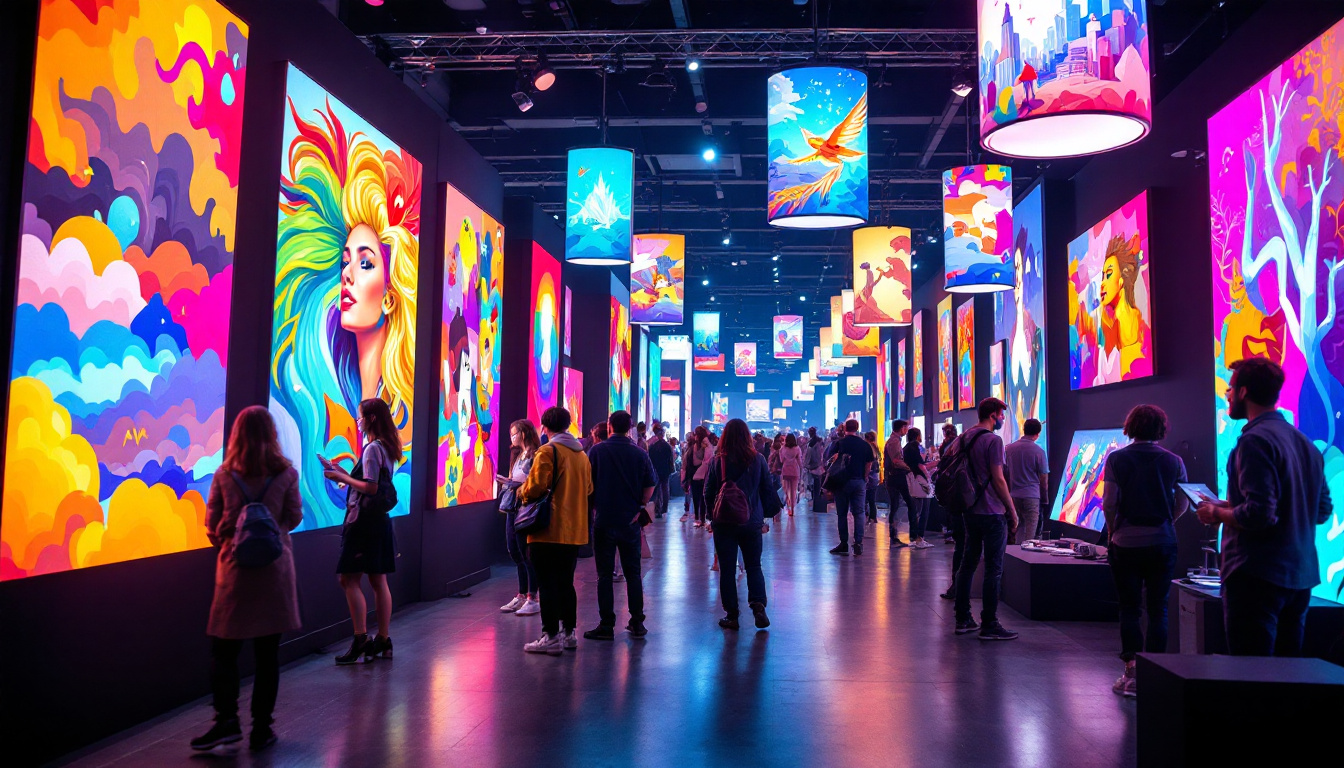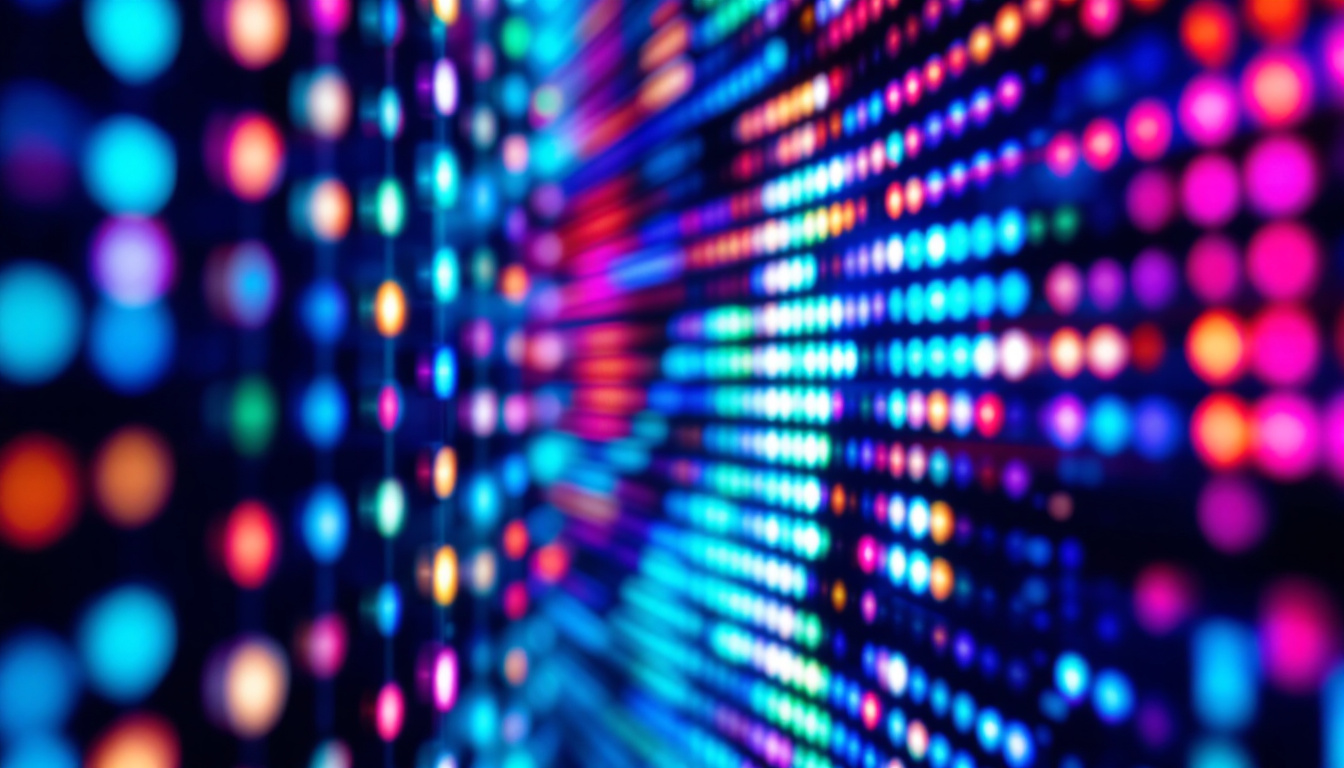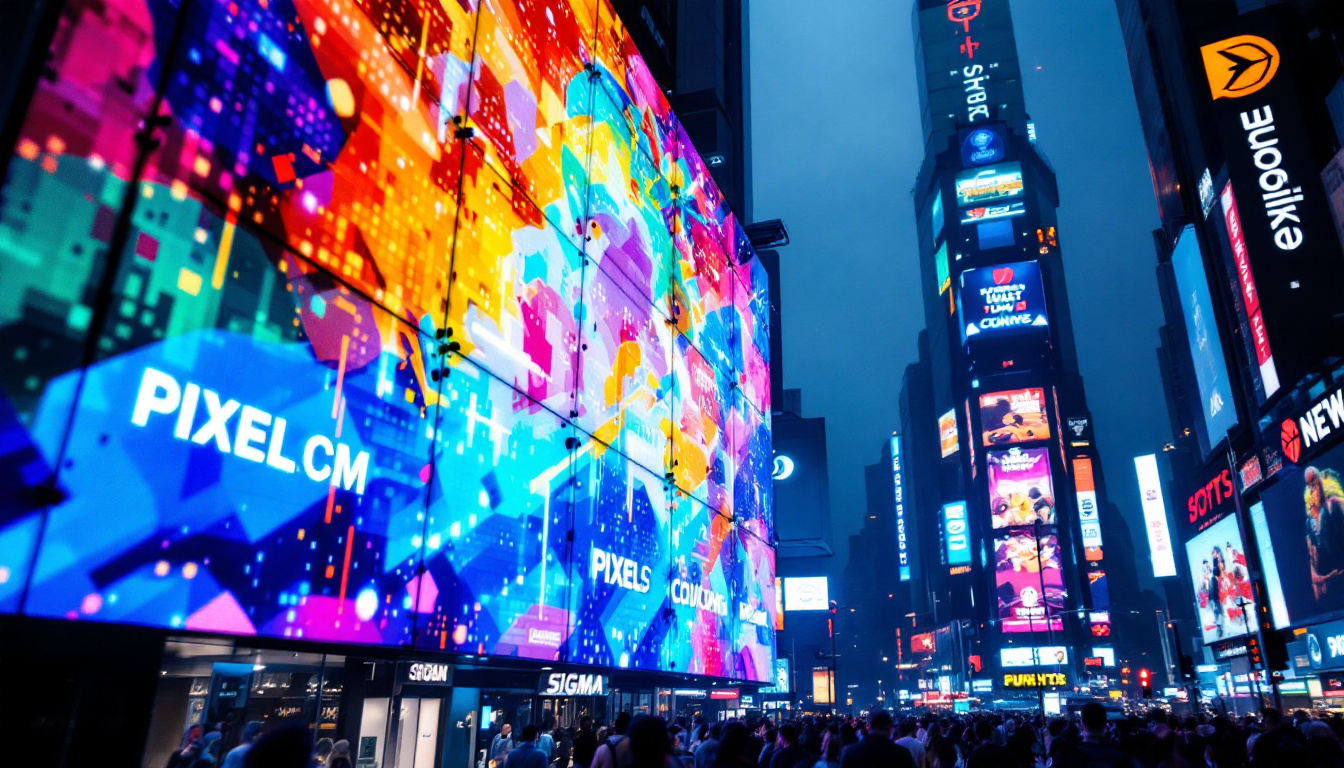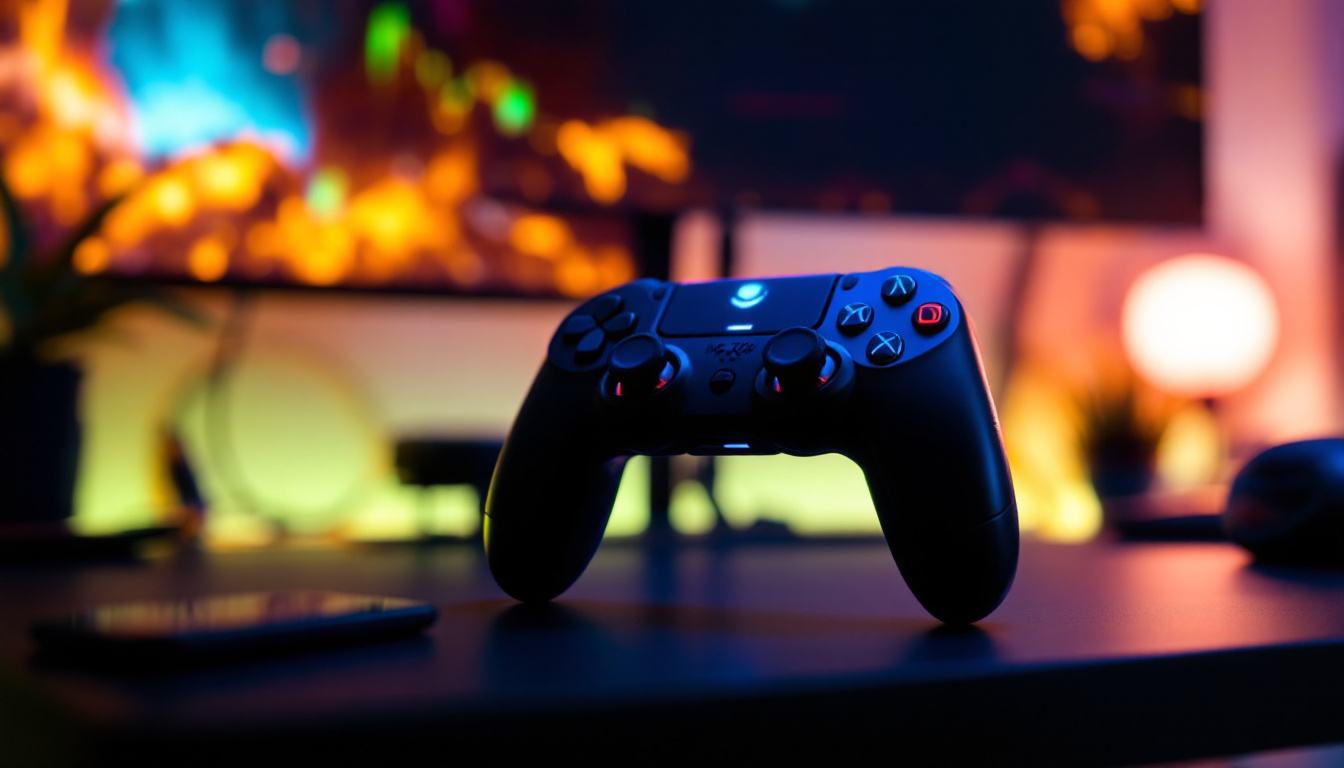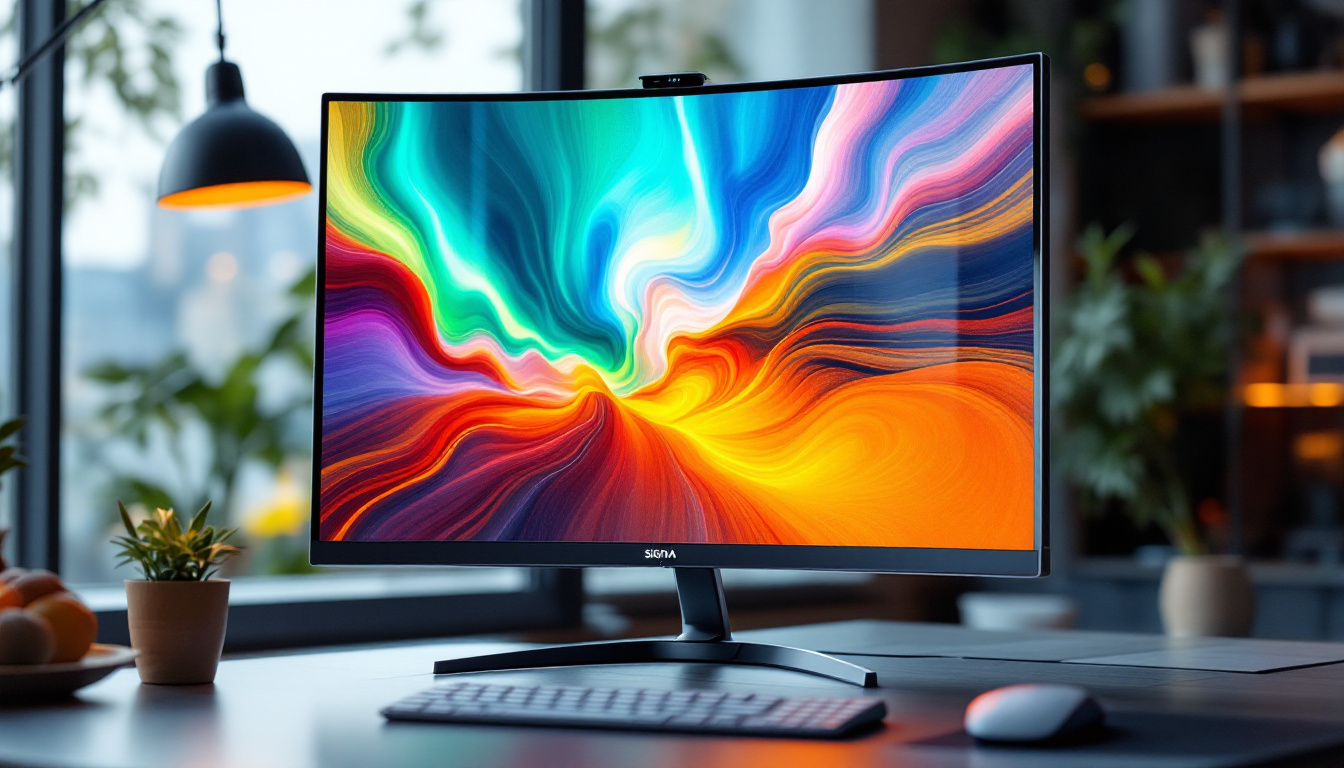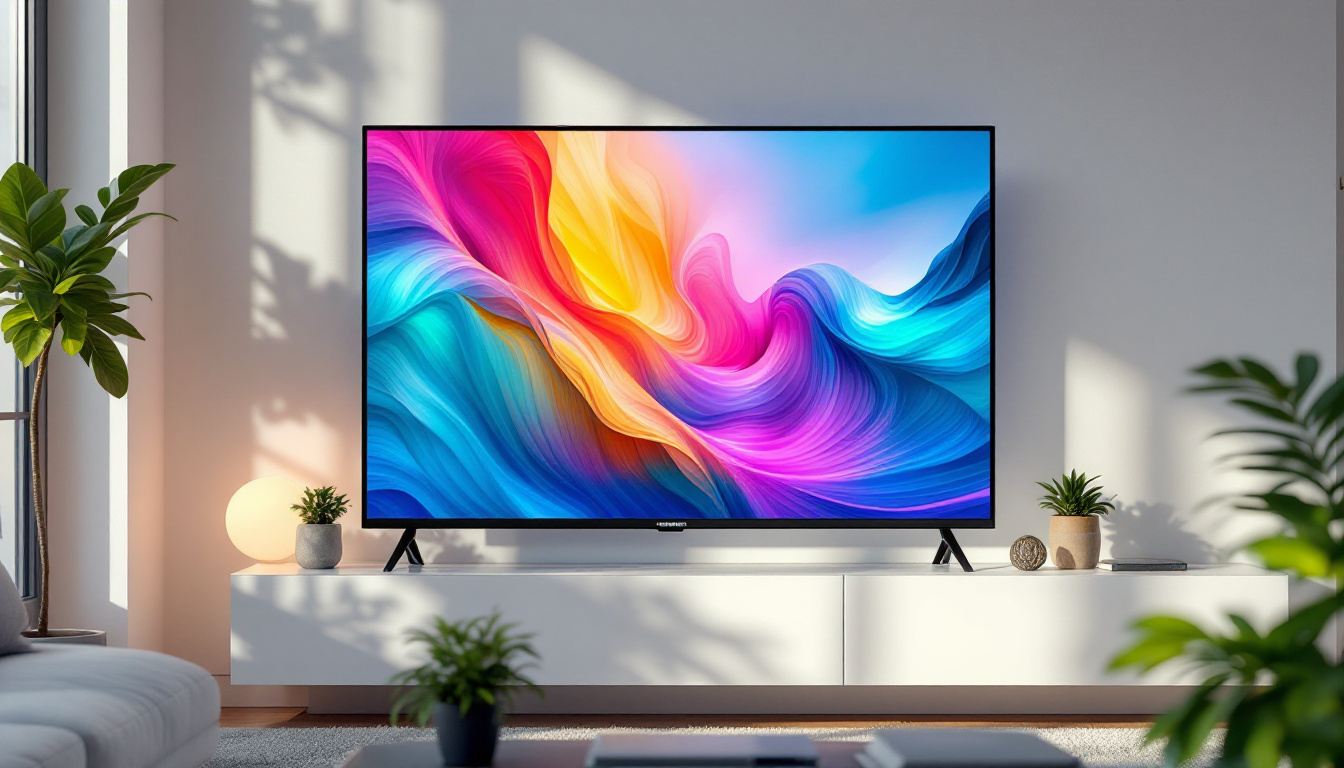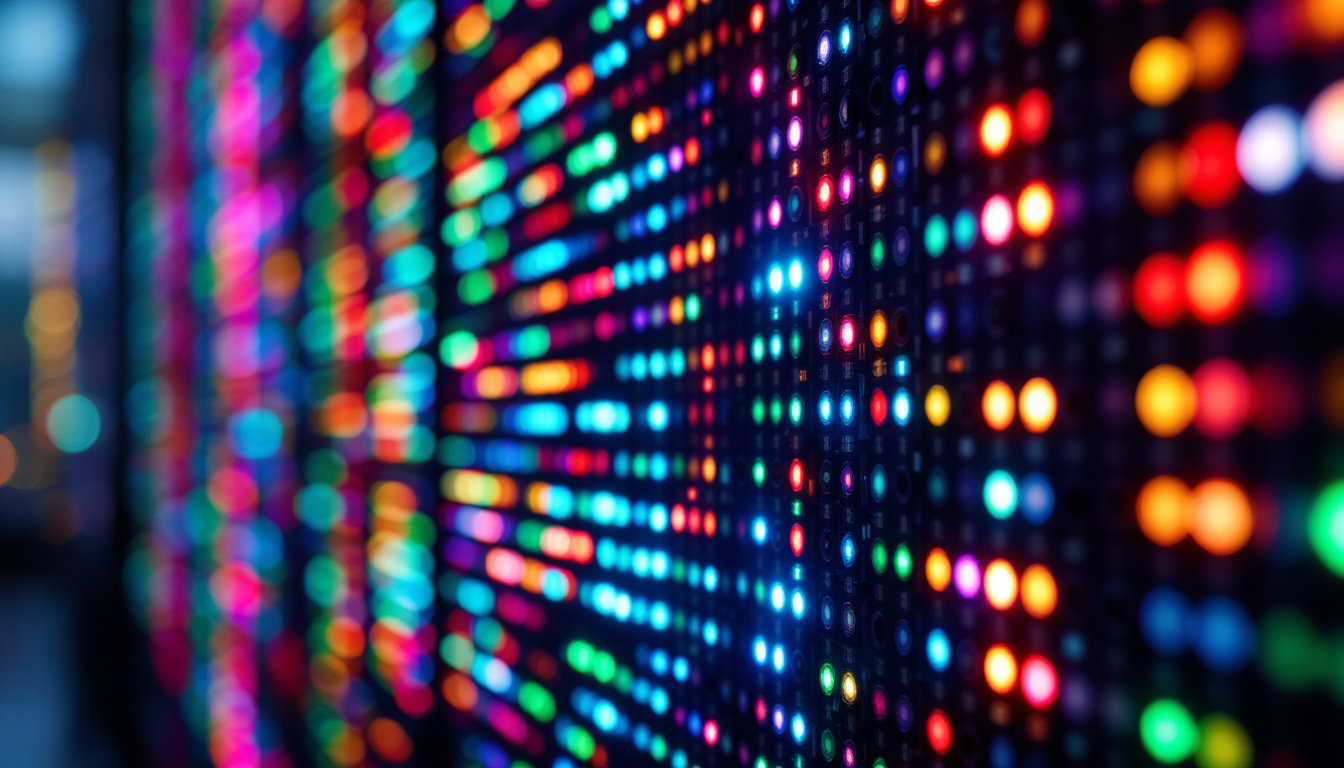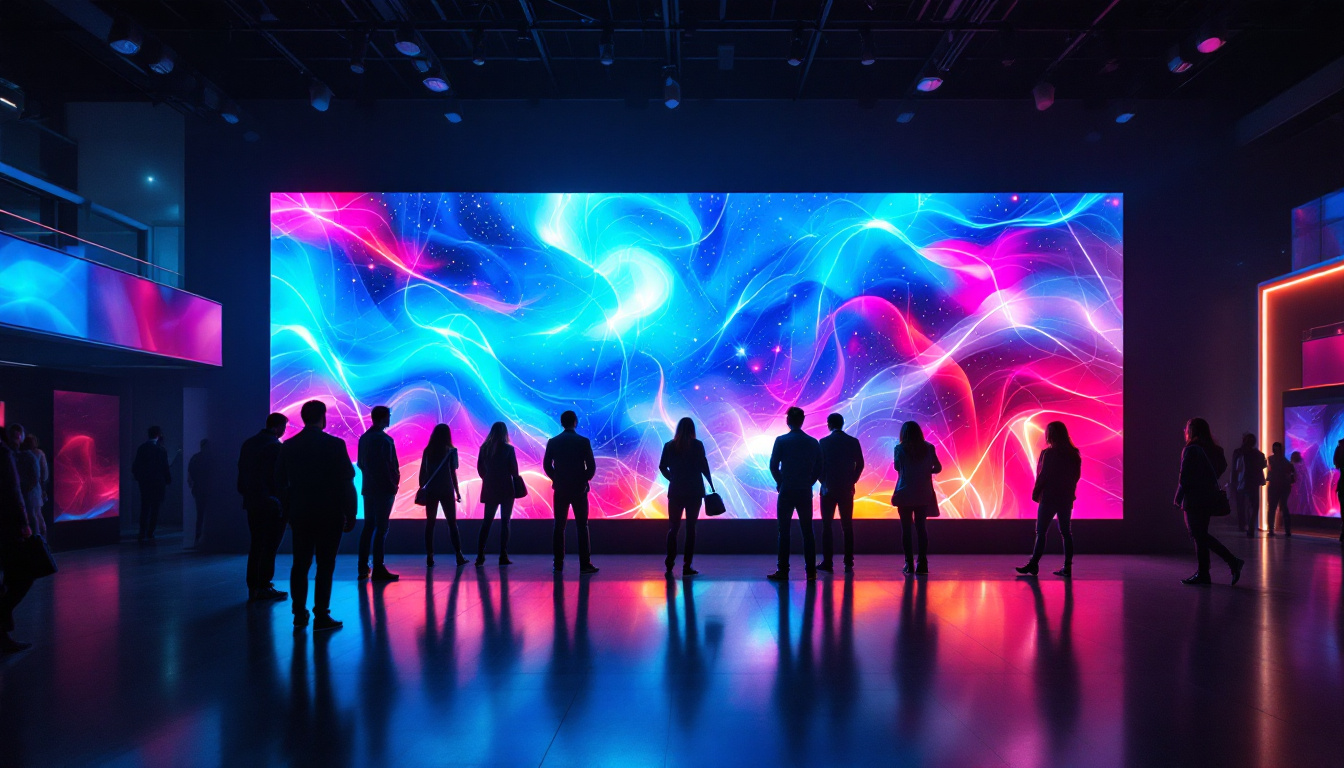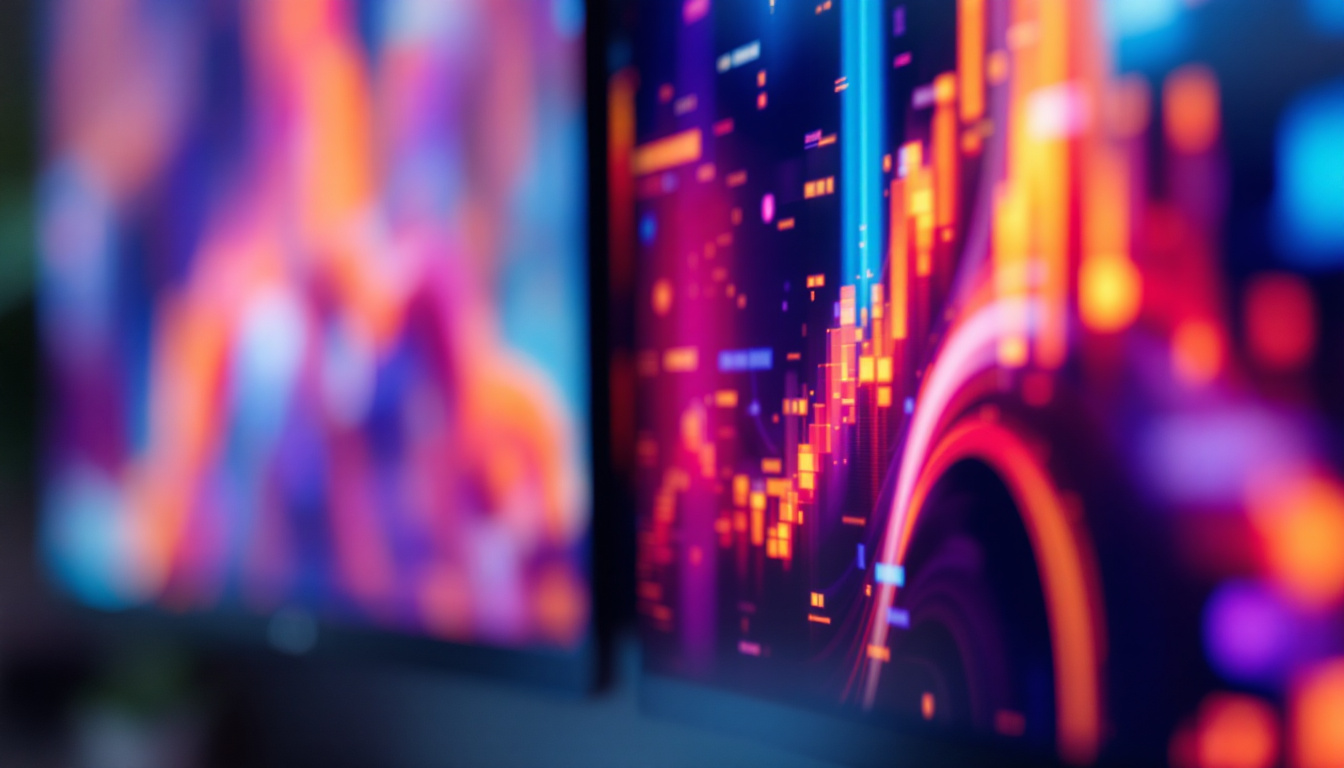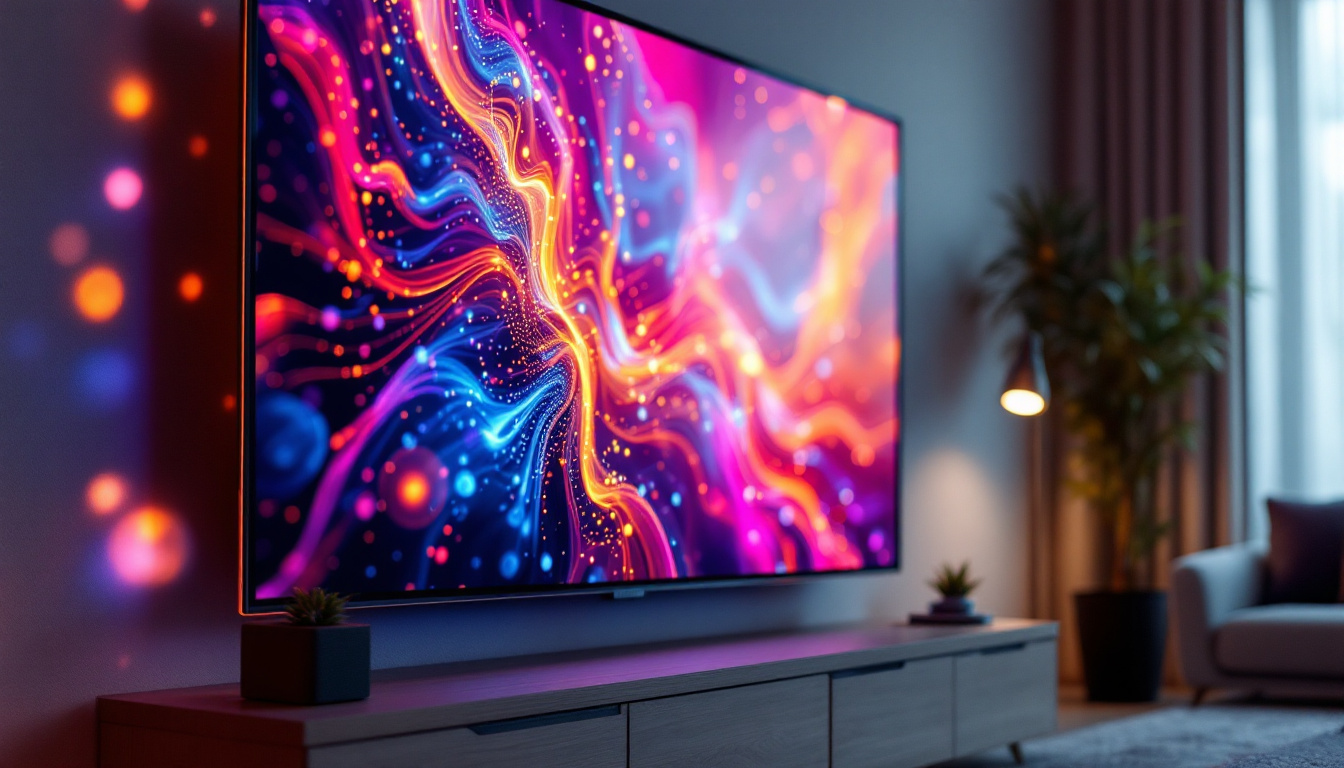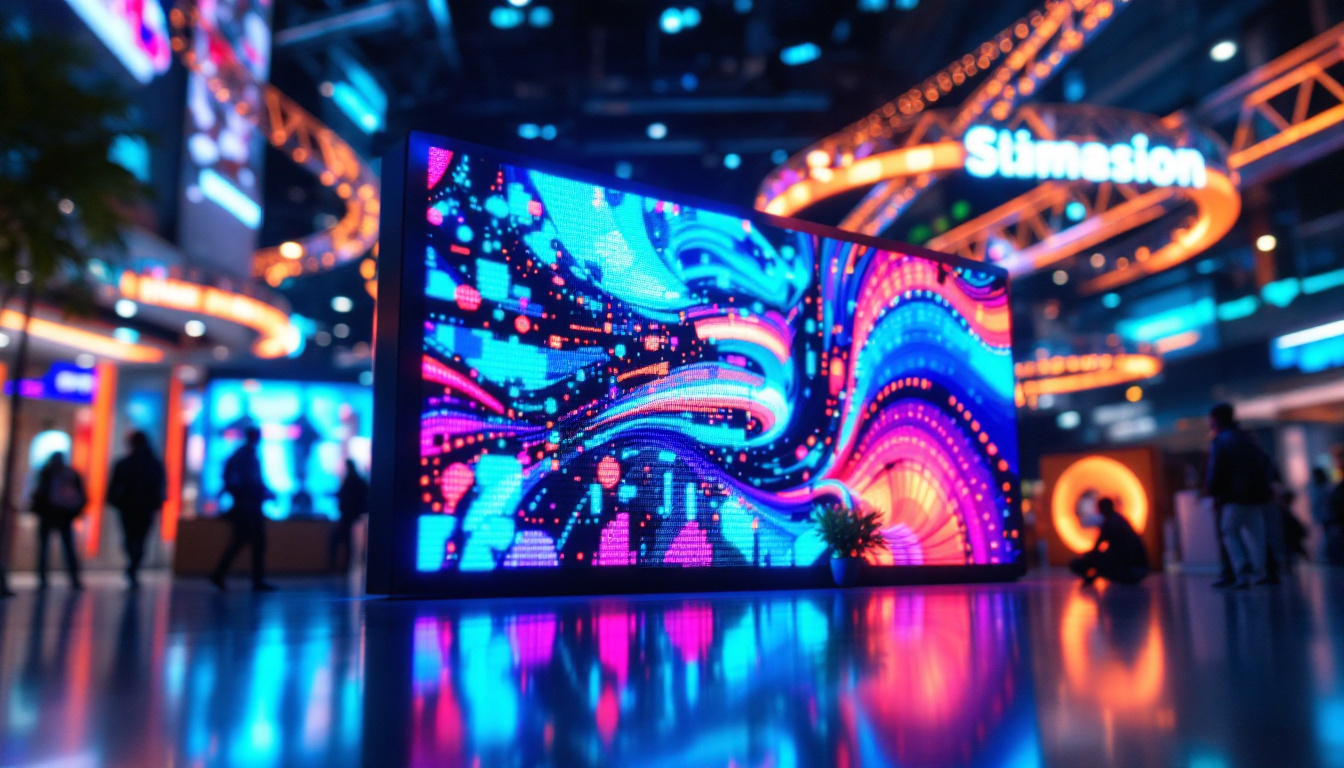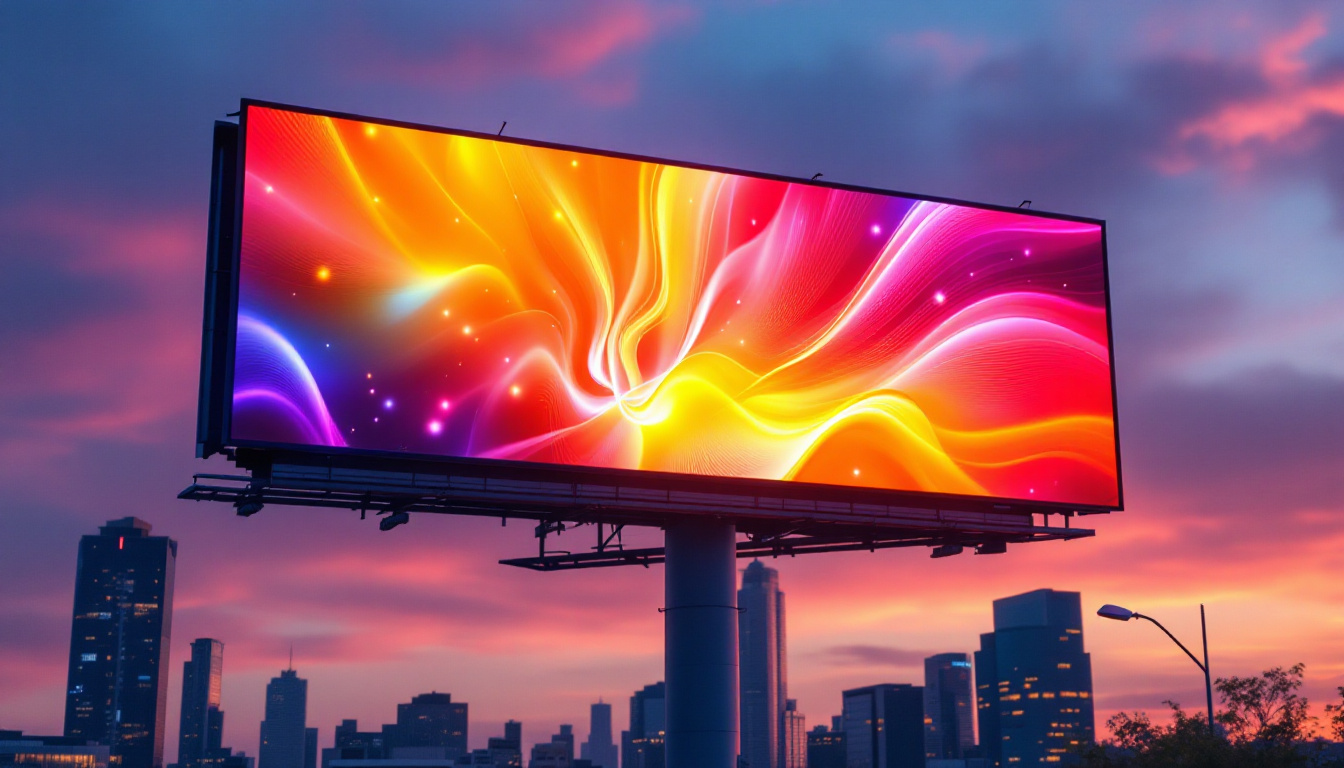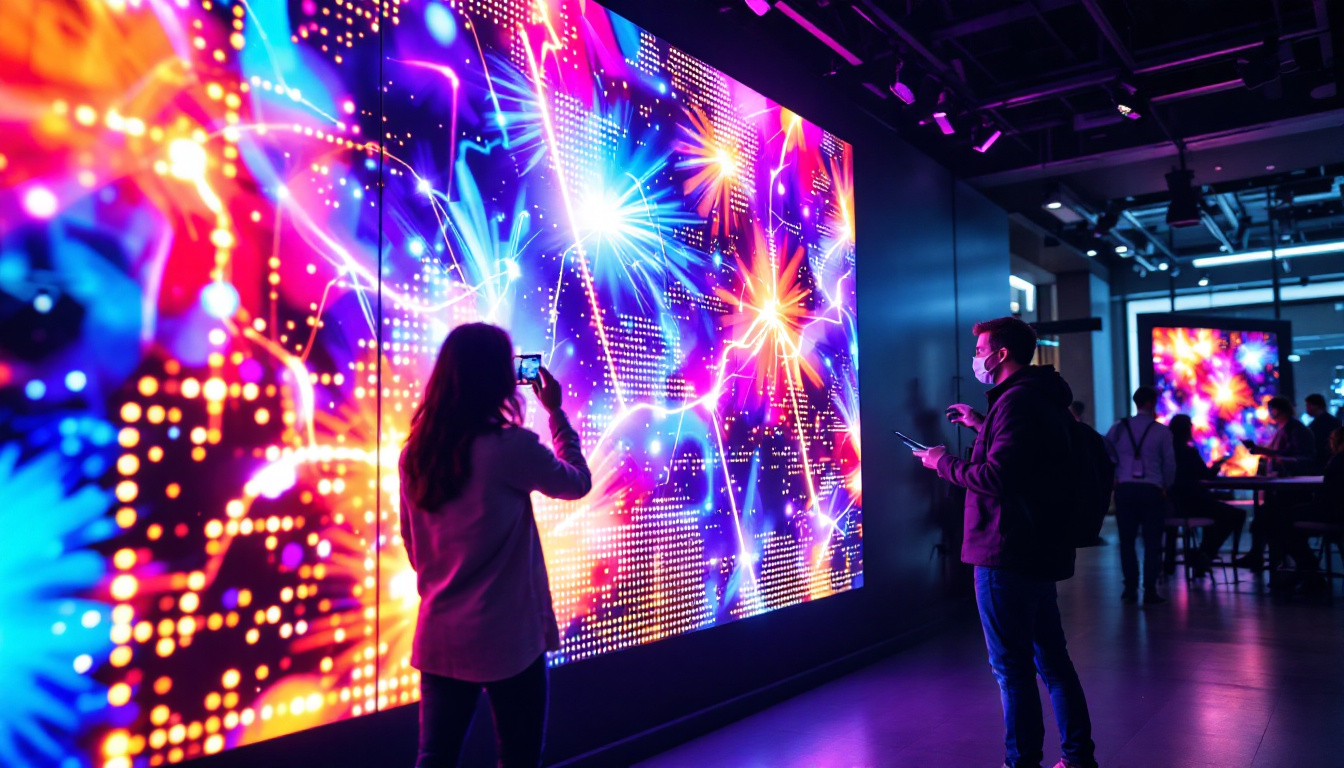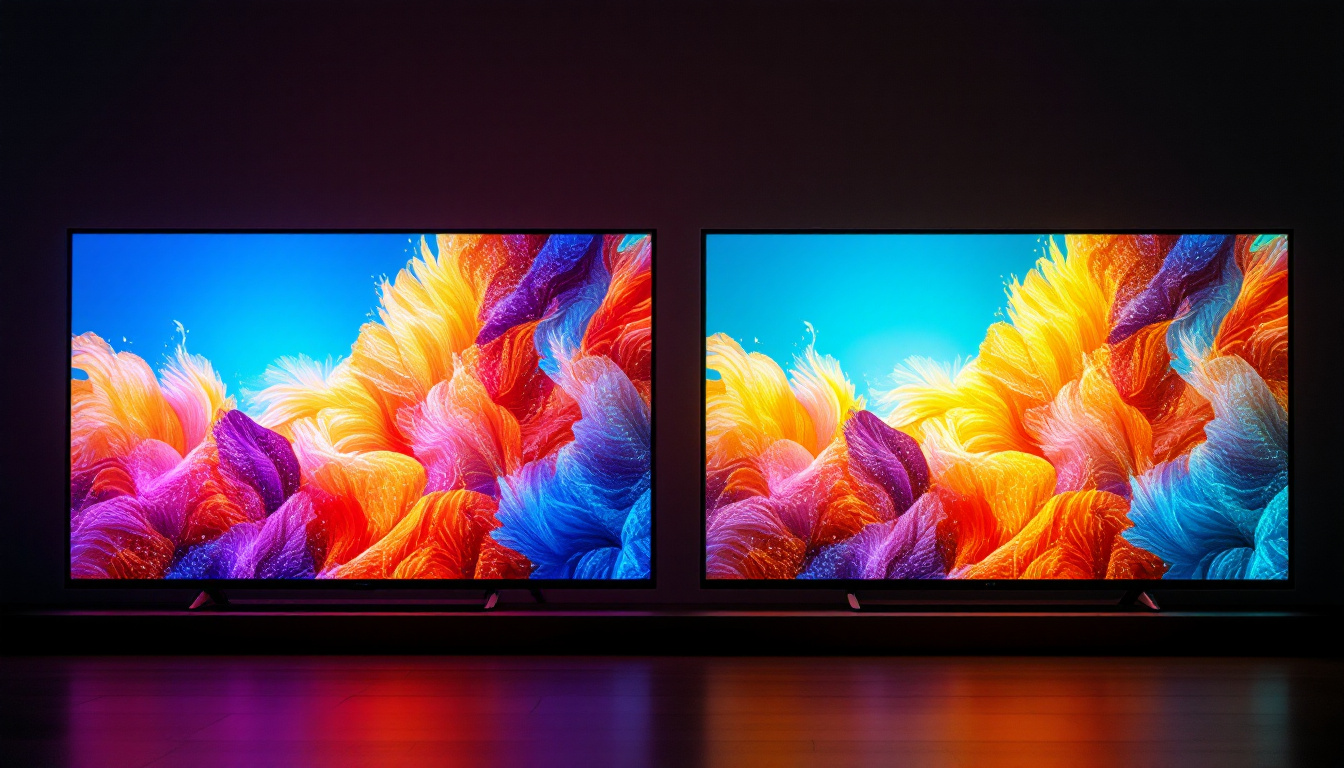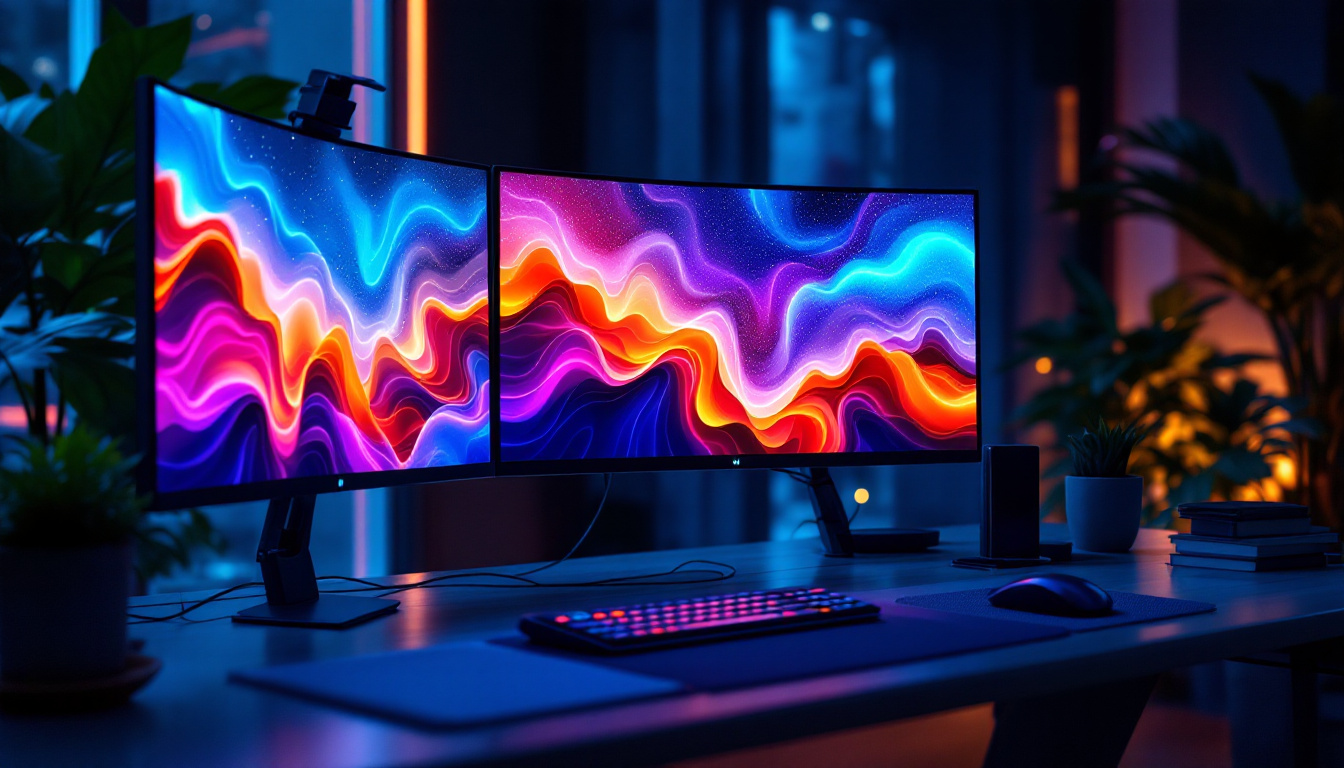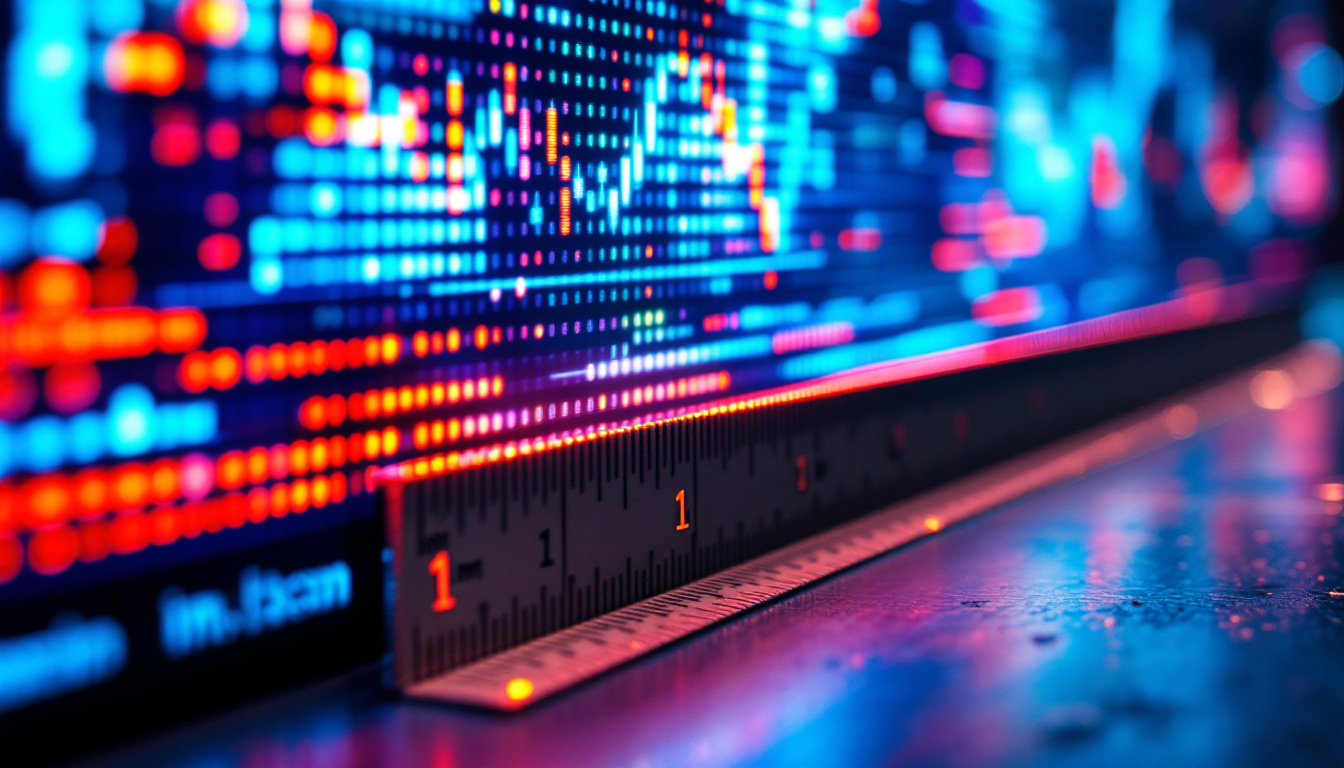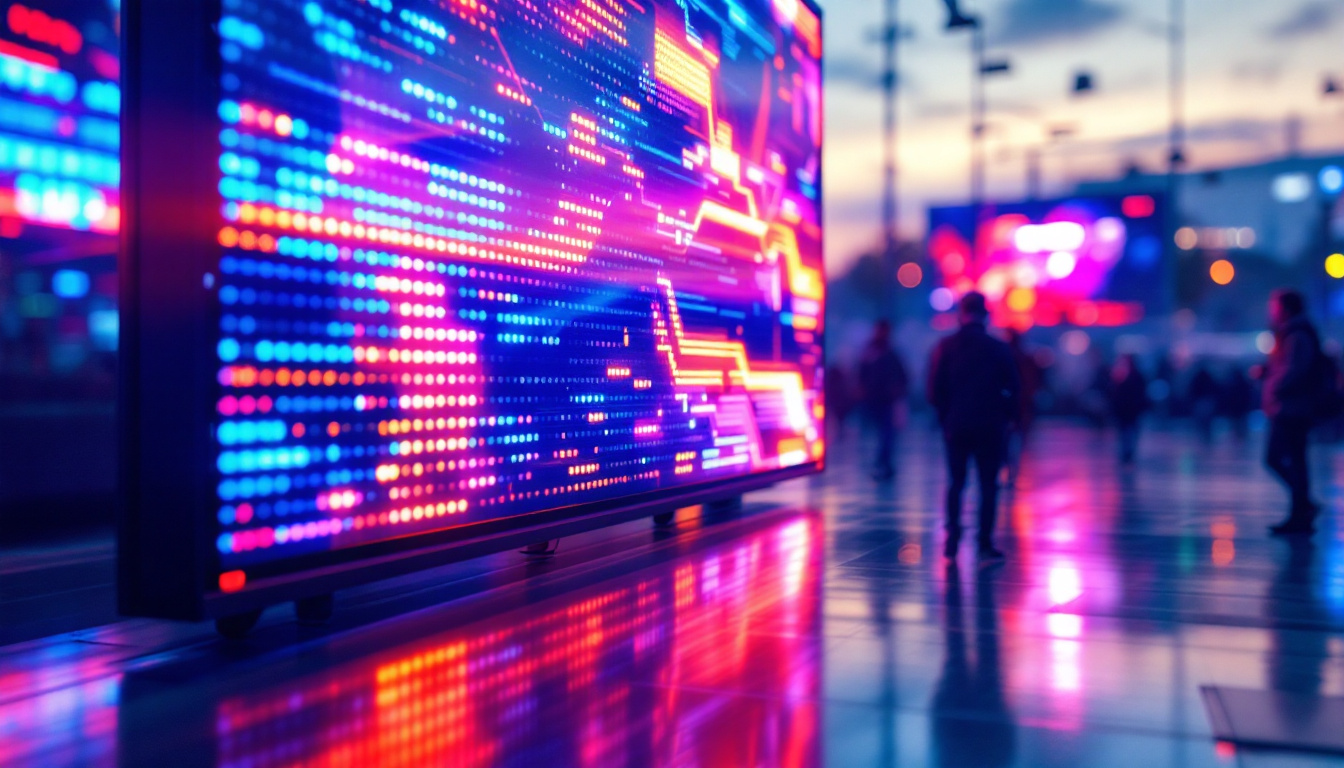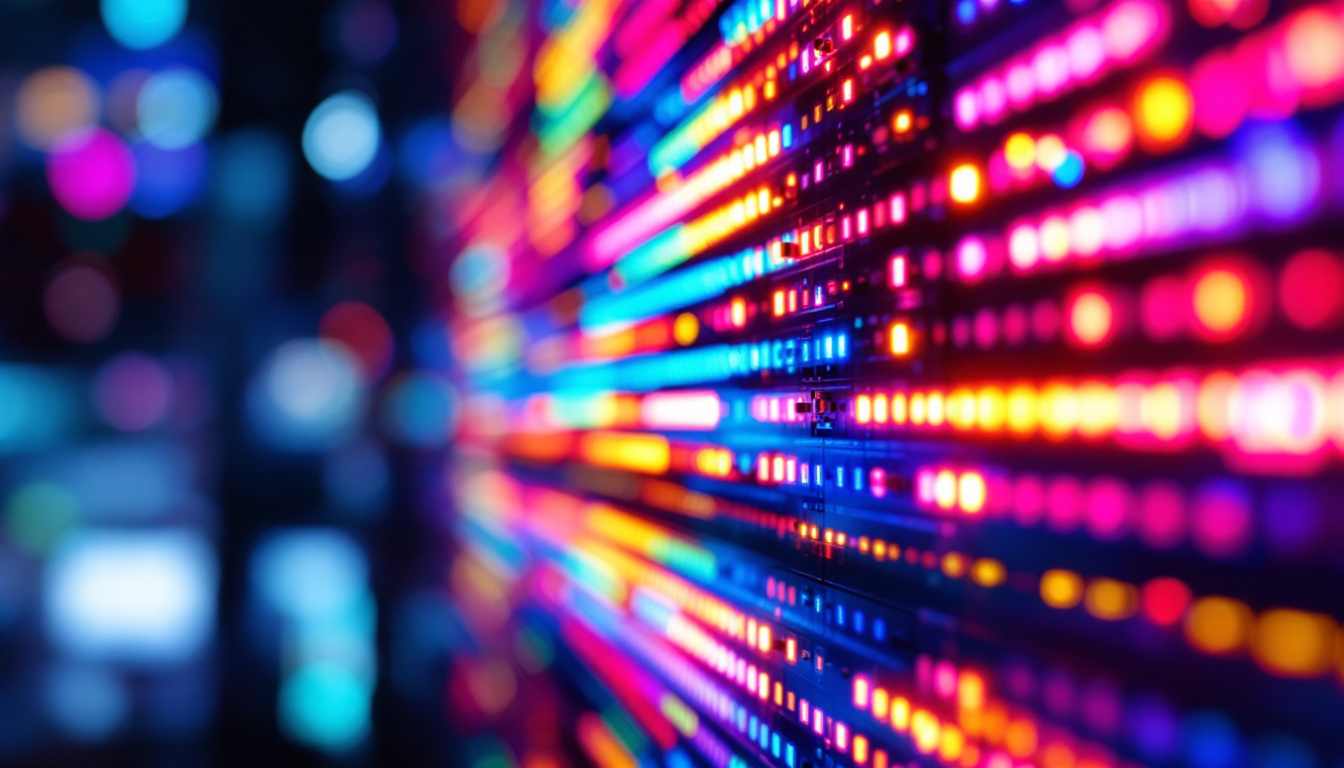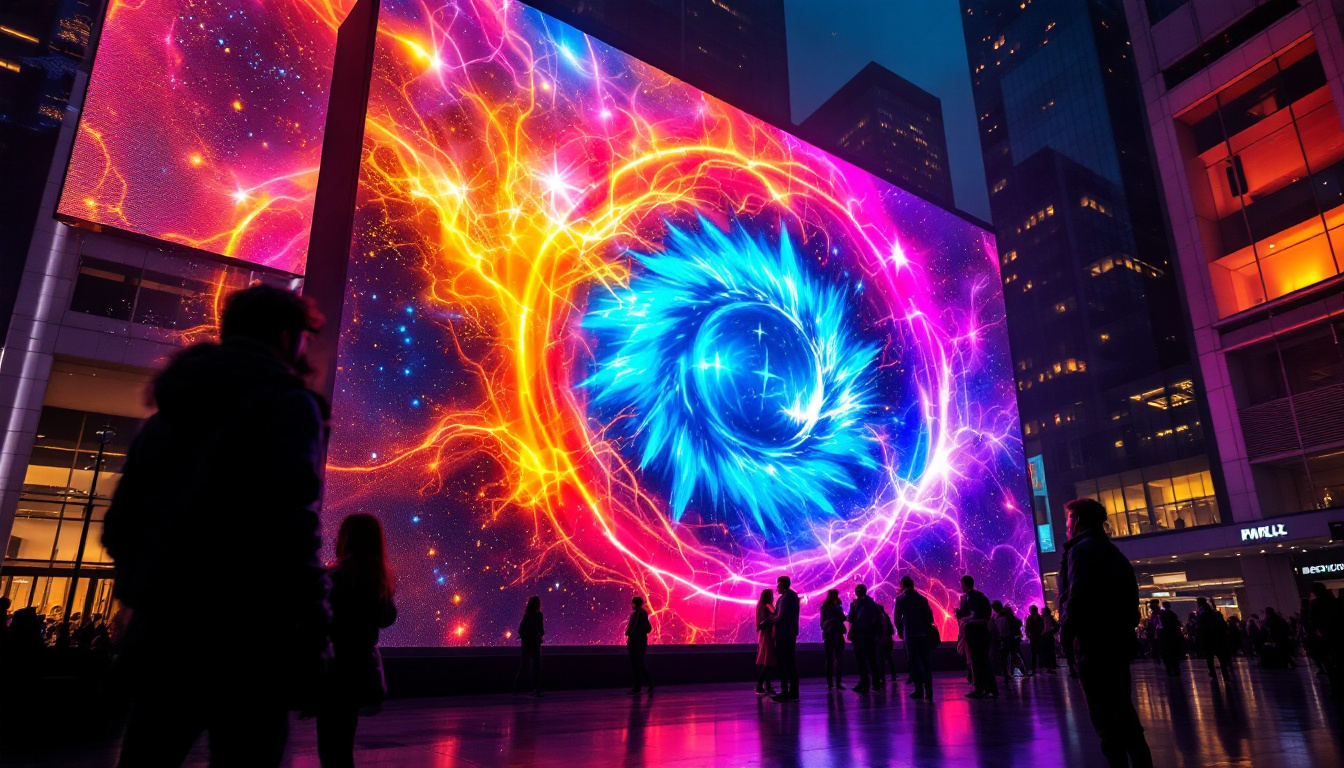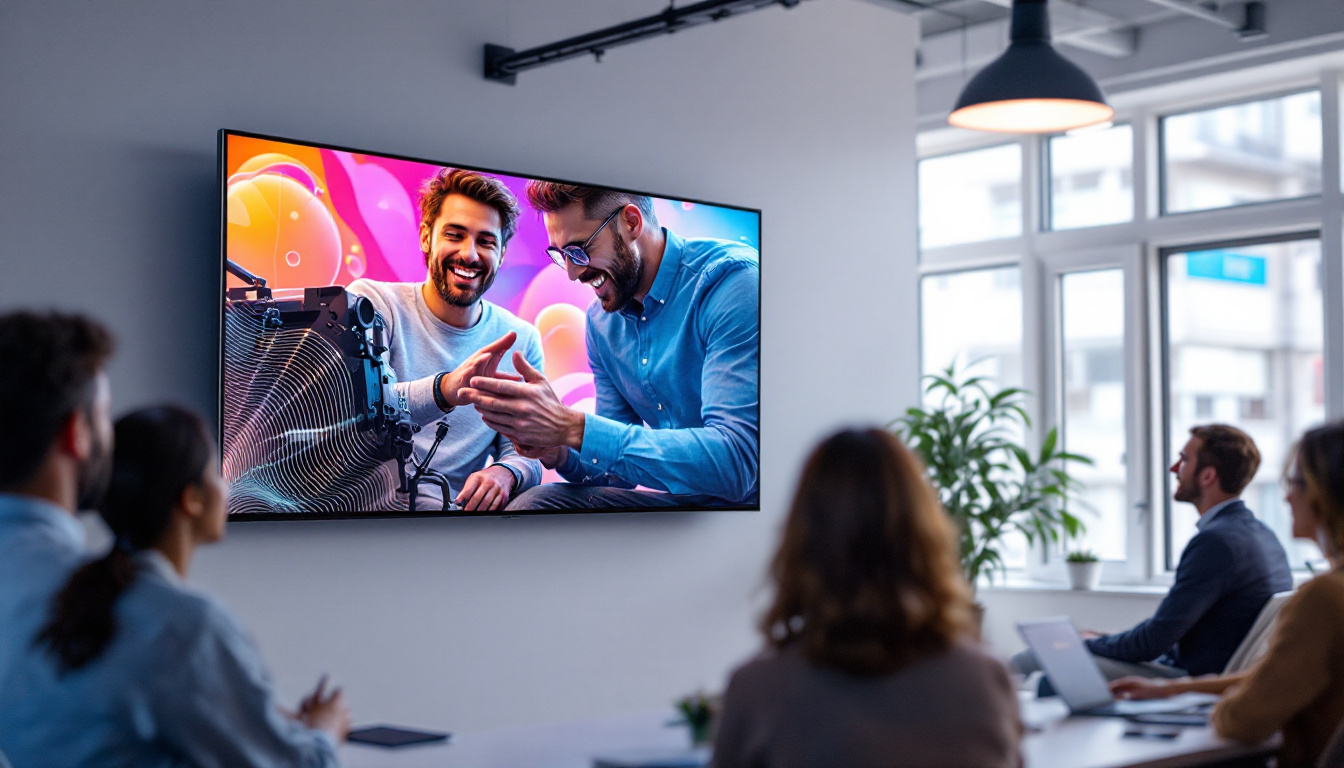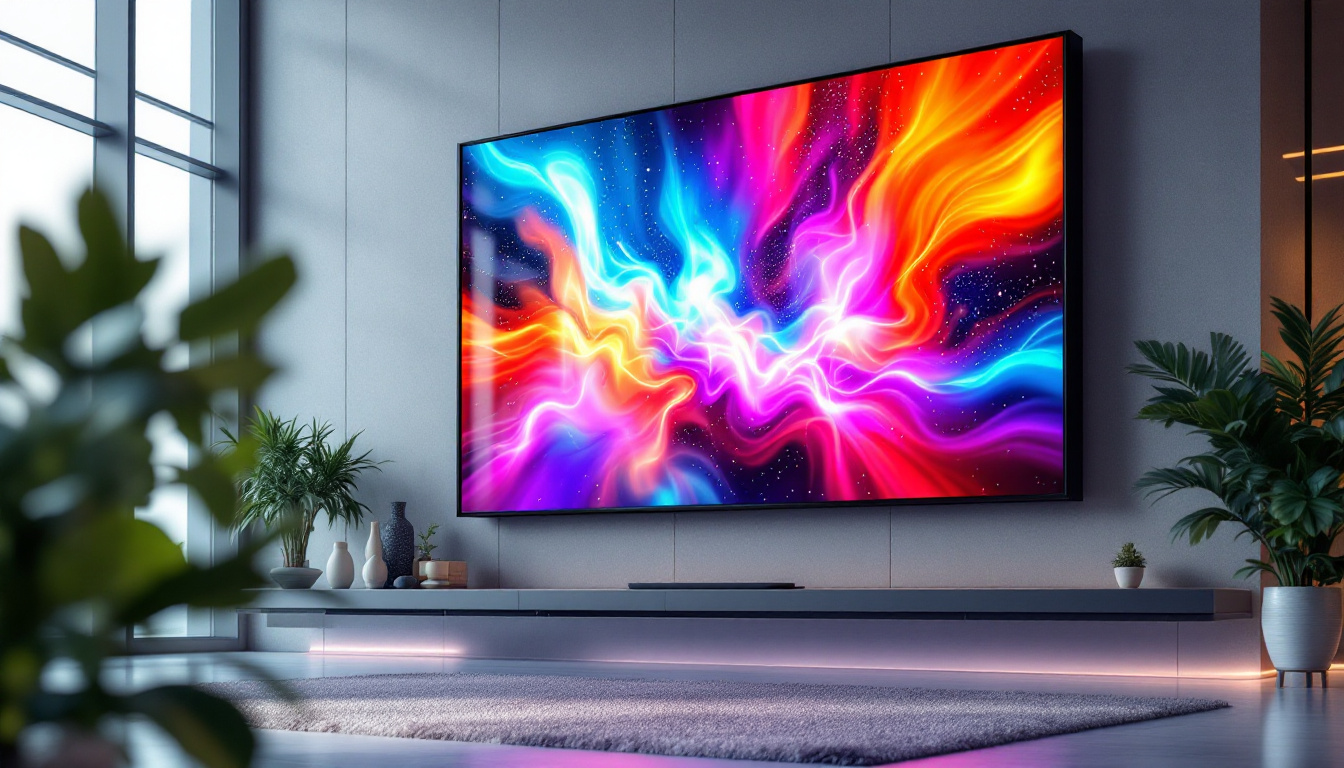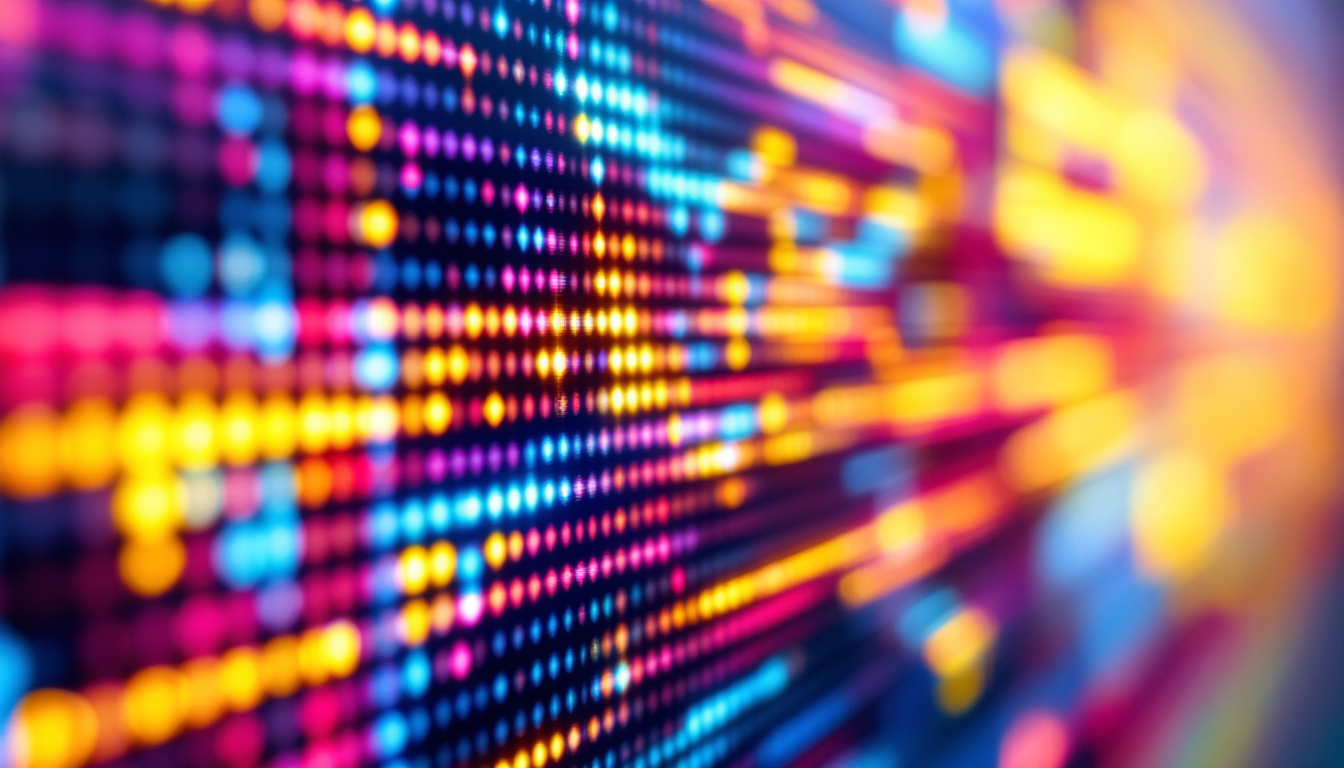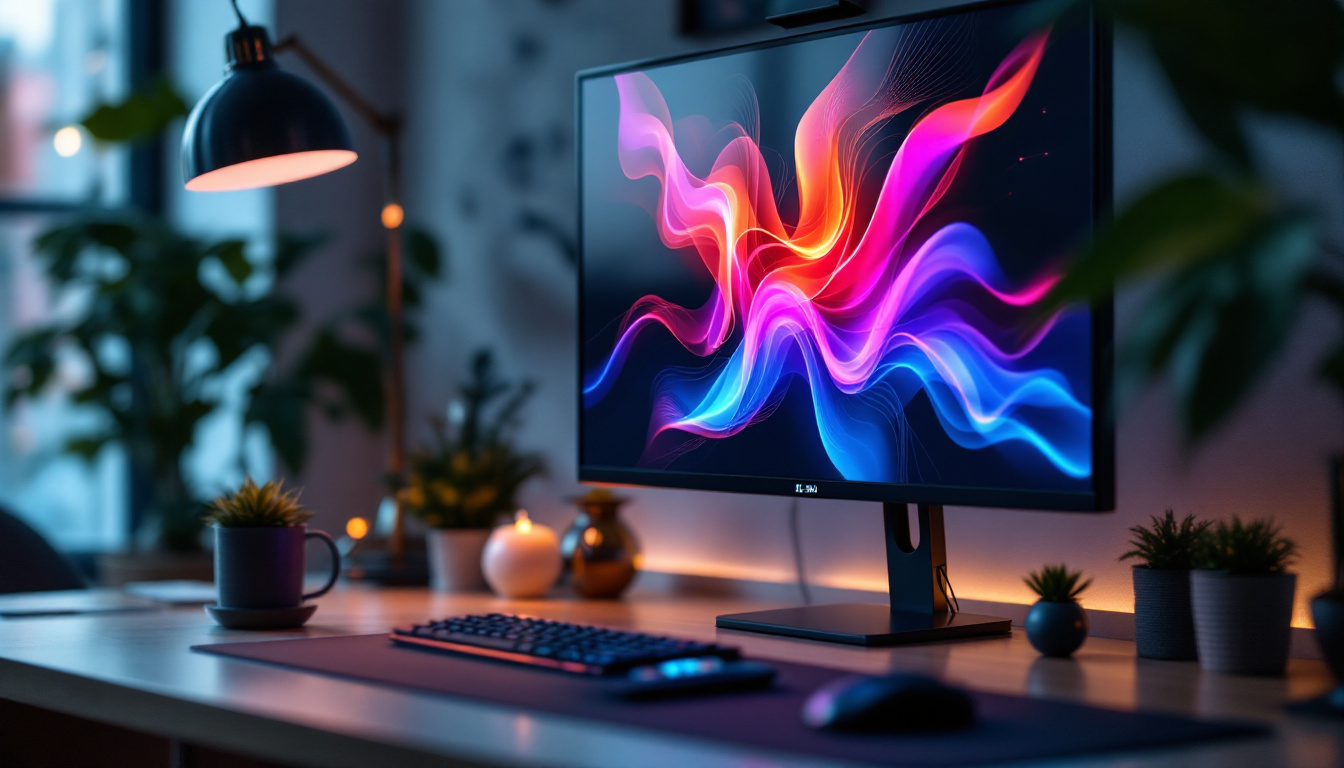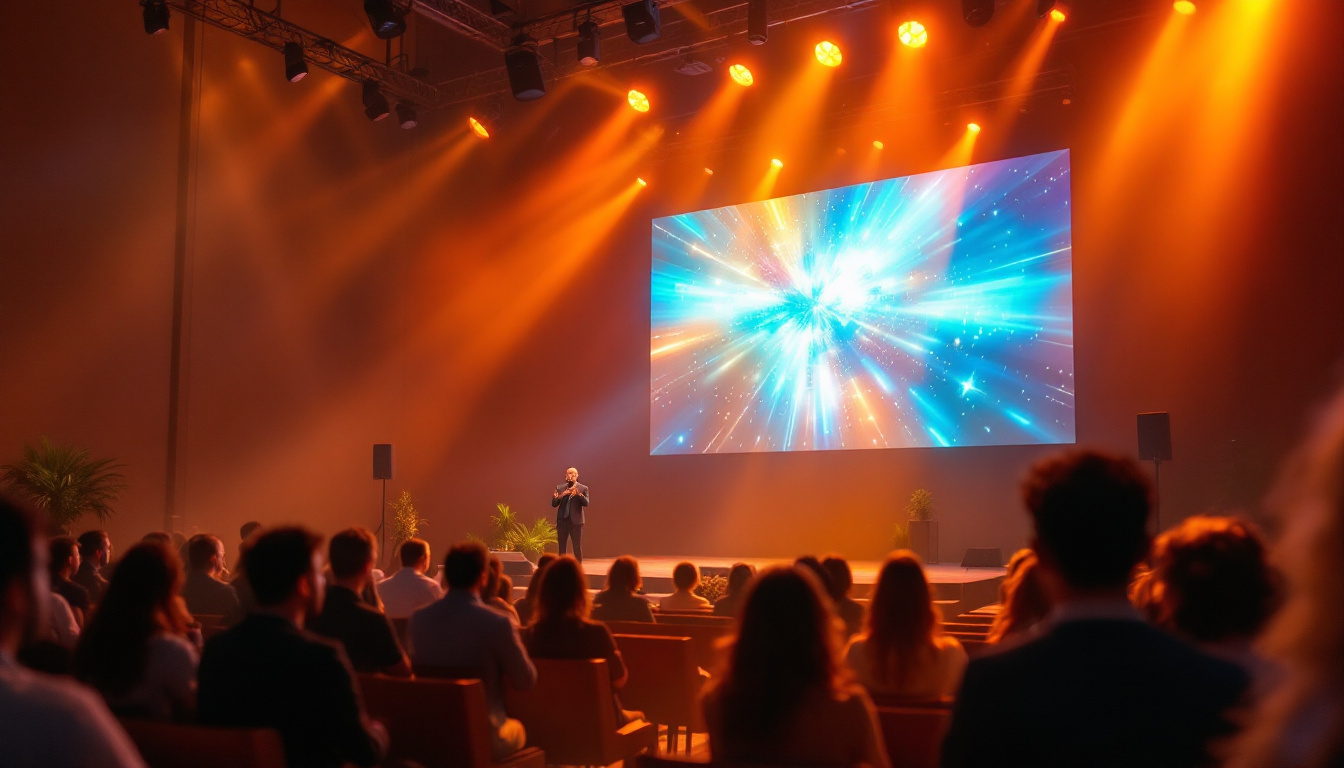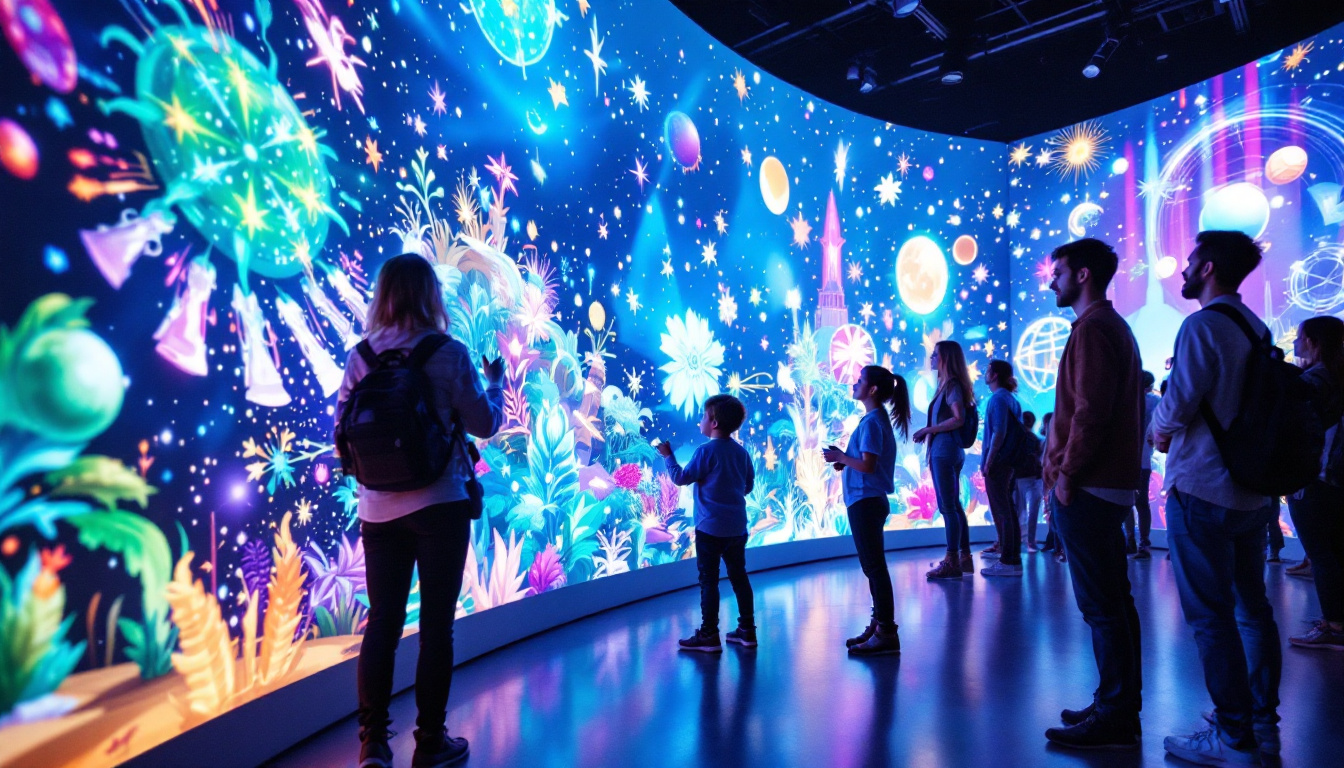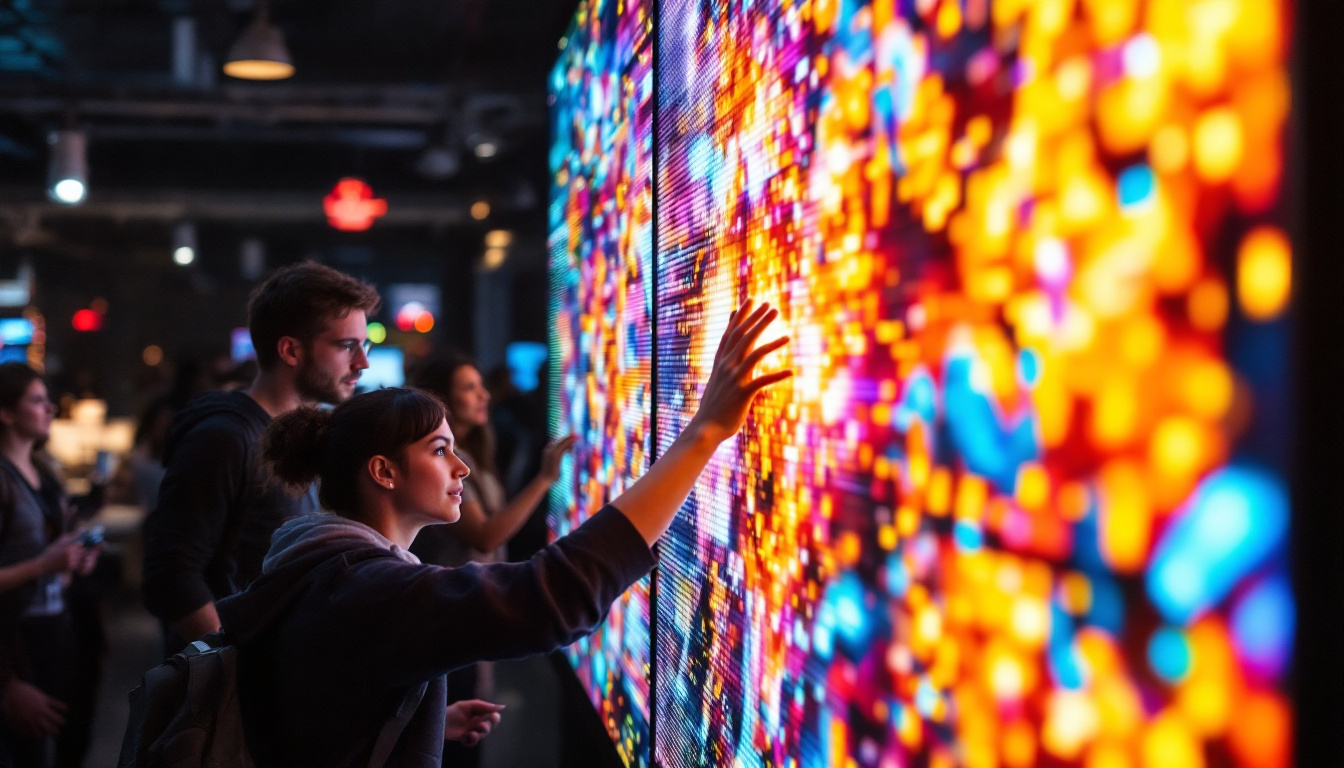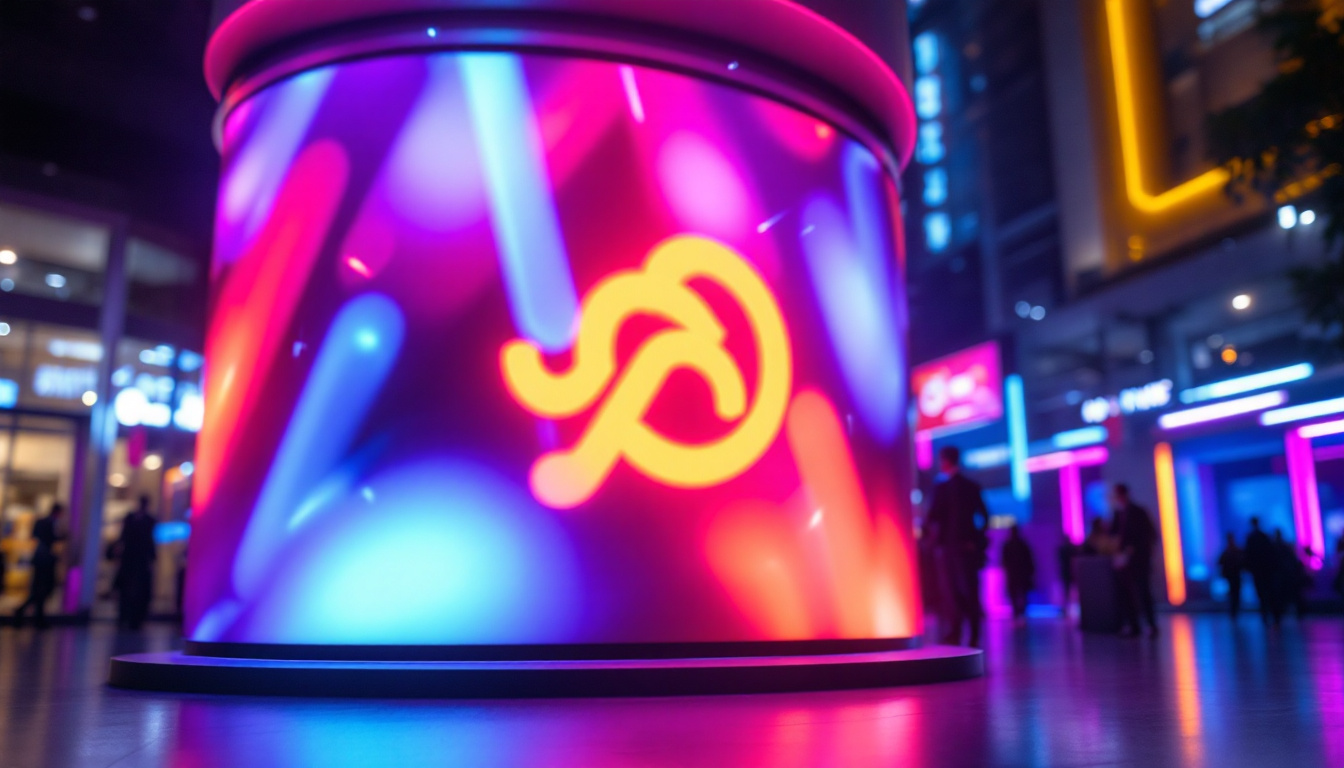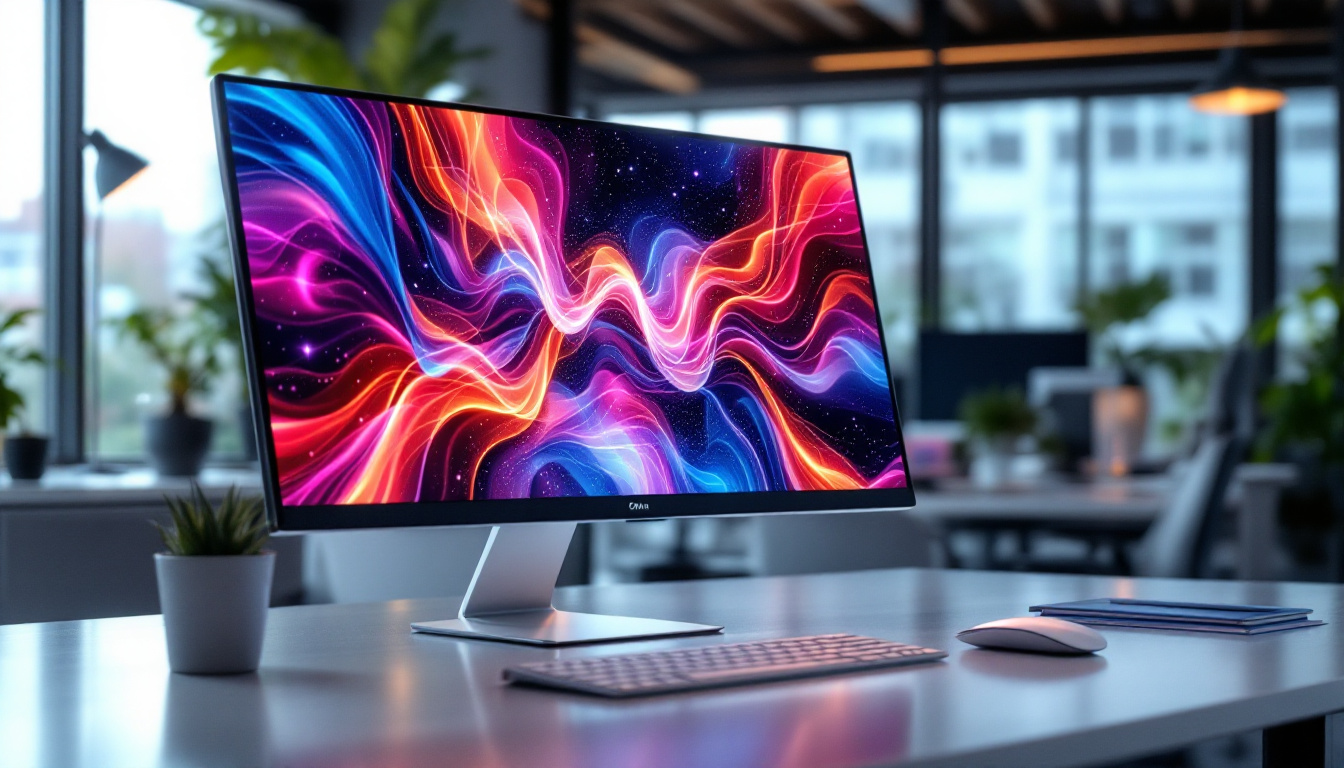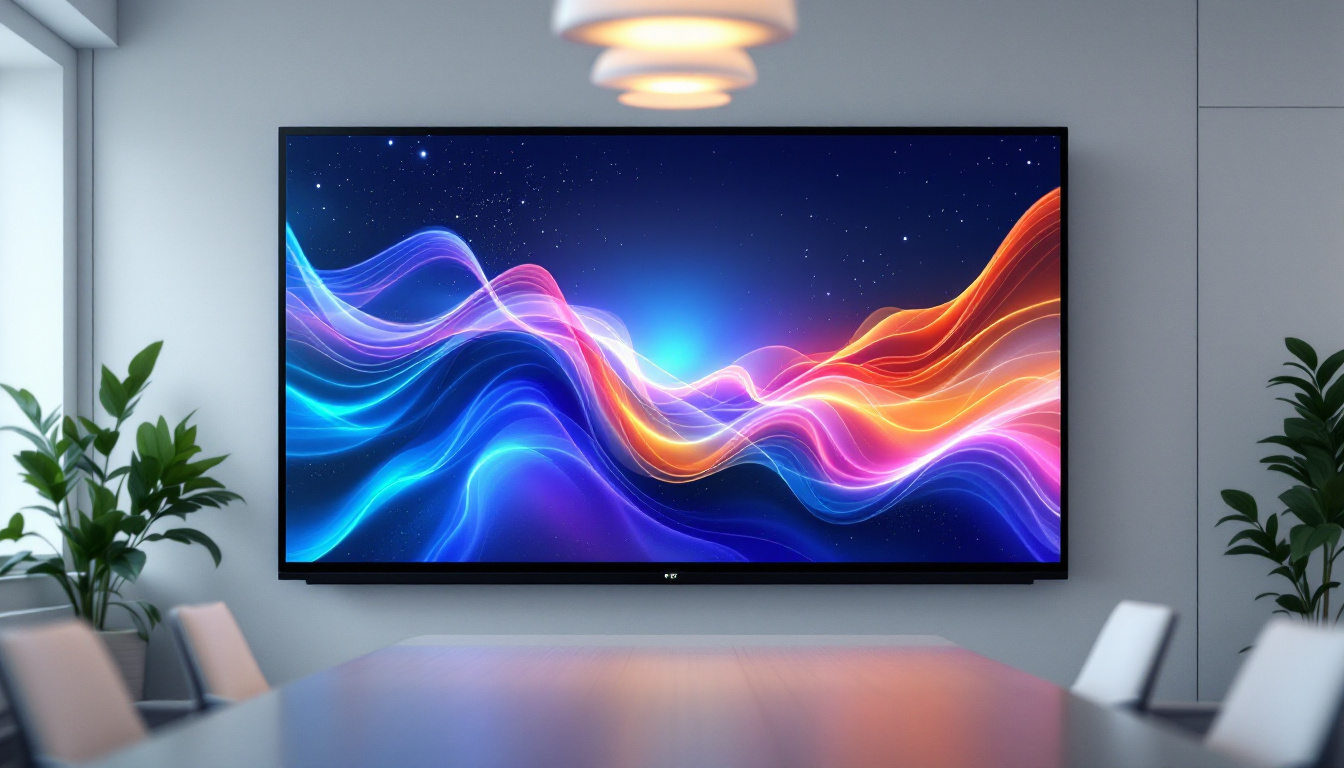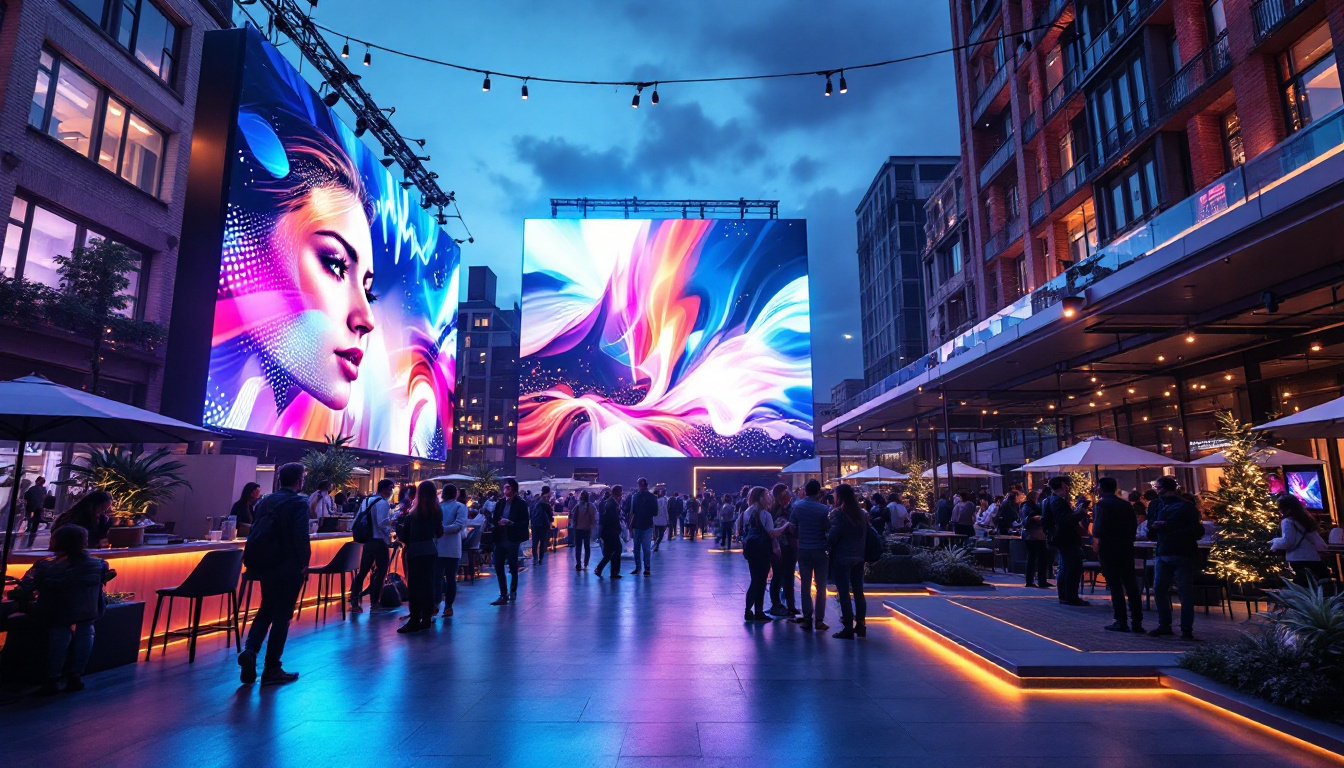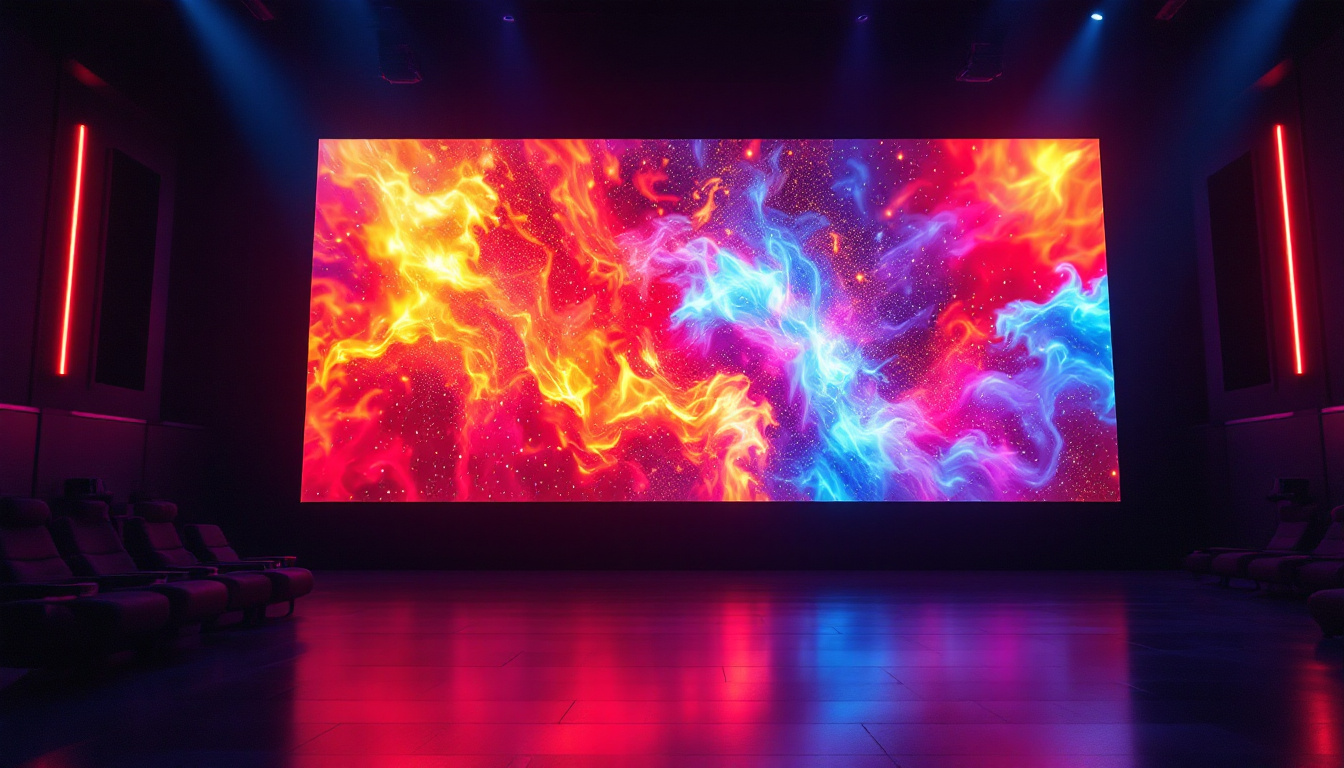art fairs are vibrant gatherings that showcase the creativity and innovation of artists from around the globe. To stand out in such a competitive environment, exhibitors need to utilize effective display solutions. One of the most popular and impactful options available today is LED display panels. This article delves into the significance of LED displays in art fairs, their advantages, types, and best practices for creating an engaging exhibition.
The Importance of Display Panels in Art Fairs
Display panels serve as the visual backbone of any exhibition. They not only highlight artwork but also establish the overall ambiance of the booth. In art fairs, where visual impact is paramount, the choice of display technology can significantly influence an artist’s or gallery’s success.
Creating a Lasting Impression
First impressions are crucial in the art world. LED displays can capture attention instantly, drawing visitors to a booth. The vibrant colors and dynamic visuals of LED panels can enhance the presentation of artwork, making it more appealing and memorable. This is particularly important in art fairs, where numerous exhibitors compete for the attention of a limited audience. The strategic placement of these displays can also guide foot traffic, leading visitors through a curated experience that showcases the best of what an artist or gallery has to offer.
Moreover, the versatility of display panels allows for customization that aligns with an artist’s unique style or the theme of the exhibition. For instance, a contemporary artist might opt for sleek, minimalistic panels that complement their modern aesthetic, while a gallery showcasing classical works may choose ornate frames that evoke a sense of history and tradition. This thoughtful integration of display design not only enhances the visual narrative but also reinforces the artist’s brand identity, making it easier for visitors to remember and connect with the work long after the fair has ended.
Enhancing Engagement
Beyond mere aesthetics, LED displays provide an interactive element that can engage visitors more effectively than traditional display methods. By incorporating video content, animations, or even interactive features, exhibitors can create a more immersive experience. This engagement can lead to deeper conversations about the artwork and potentially increase sales. For example, a digital slideshow that showcases the artist’s creative process or behind-the-scenes footage can captivate an audience, inviting them to appreciate the story behind each piece.
Additionally, the integration of augmented reality (AR) technologies can further elevate the visitor experience. Imagine a scenario where attendees can use their smartphones to visualize how a piece of art would look in their own home, or even interact with the artwork through digital enhancements that provide additional context or information. Such innovative approaches not only attract tech-savvy audiences but also create memorable experiences that encourage sharing on social media, amplifying the reach of the artist or gallery beyond the confines of the fair itself.
Advantages of LED Display Panels
LED display panels offer a range of benefits that make them an ideal choice for art fairs. Understanding these advantages can help exhibitors make informed decisions about their display strategies.
High-Quality Visuals
One of the standout features of LED displays is their ability to produce high-resolution images with exceptional brightness and clarity. This quality ensures that artwork is showcased in the best possible light, allowing colors and details to be appreciated fully. Unlike traditional printed displays, LED panels can maintain their vibrancy even in brightly lit environments, which is often the case in art fairs.
Versatility and Flexibility
LED displays are incredibly versatile. They can be used in various formats, including large screens, video walls, or smaller panels that can be easily integrated into existing booth designs. This flexibility allows exhibitors to tailor their displays to fit their specific needs and the layout of the art fair. Moreover, the content on LED displays can be changed quickly and easily, enabling exhibitors to adapt their messaging throughout the event.
Energy Efficiency
In an era where sustainability is increasingly important, LED displays stand out for their energy efficiency. They consume significantly less power than traditional display technologies, making them a more environmentally friendly option. This efficiency not only reduces operational costs but also aligns with the values of many modern artists and galleries who prioritize sustainability.
Types of LED Display Panels
There are various types of LED display panels available, each catering to different needs and preferences. Understanding these options can help exhibitors choose the best solution for their art fair presence.
Indoor vs. Outdoor Displays
LED displays are categorized into indoor and outdoor types, each designed for specific environments. Indoor displays typically have a higher pixel density, providing sharper images in controlled lighting conditions. In contrast, outdoor displays are built to withstand weather elements and have lower pixel density, which is suitable for viewing from a distance.
Fixed vs. Rental Displays
Exhibitors can also choose between fixed and rental LED displays. Fixed displays are a long-term investment, ideal for galleries or artists who participate in multiple events. Rental displays, on the other hand, offer flexibility for those who may only attend a few art fairs per year. Renting can significantly reduce upfront costs while still providing access to high-quality display technology.
Modular Displays
Modular LED displays are another innovative option. These panels can be assembled in various configurations, allowing for unique shapes and sizes that can fit any booth layout. This adaptability makes modular displays an excellent choice for exhibitors looking to create a distinctive and eye-catching presentation.
Best Practices for Using LED Displays at Art Fairs
To maximize the impact of LED displays at art fairs, exhibitors should follow certain best practices. These strategies can enhance the effectiveness of their displays and ensure a successful exhibition.
Content is Key
The content displayed on LED panels is crucial. High-quality visuals, such as professional photographs of the artwork, should be prioritized. Additionally, incorporating video content that tells the story behind the artwork or the artist can create a deeper connection with viewers. Clear, concise messaging is essential to convey information without overwhelming the audience.
Strategic Placement
Placement of LED displays within the booth is vital for visibility and engagement. Panels should be positioned at eye level and angled to attract passersby. Additionally, considering the flow of foot traffic can help in determining the best locations for displays. Proper placement can draw visitors into the booth and encourage them to explore the artwork further.
Utilizing Interactive Features
Incorporating interactive elements into LED displays can significantly enhance visitor engagement. Touchscreens, QR codes, or augmented reality features can provide visitors with additional information and create a more immersive experience. This interactivity not only captivates the audience but also encourages them to spend more time at the booth, increasing the likelihood of sales.
Challenges and Considerations
While LED displays offer numerous benefits, there are also challenges and considerations that exhibitors should keep in mind. Being aware of these factors can help in making informed decisions regarding display technology.
Cost Implications
Investing in LED display technology can be costly, especially for high-quality panels. Exhibitors must weigh the potential return on investment against the initial expenditure. For those who are new to art fairs or have limited budgets, exploring rental options or smaller displays can be a practical solution.
Technical Requirements
LED displays often require specific technical setups, including power sources and connectivity for content management. Ensuring that these requirements are met in advance can prevent technical difficulties during the event. Exhibitors should also consider having technical support on hand to address any issues that may arise during the fair.
Content Management
Managing content for LED displays can be time-consuming, especially if multiple videos or images need to be updated throughout the event. Planning content in advance and utilizing user-friendly software can streamline this process. Additionally, having a designated team member responsible for content management can help maintain the display’s effectiveness throughout the fair.
The Future of LED Displays in Art Exhibitions
The evolution of LED display technology continues to shape the landscape of art exhibitions. As advancements are made, the possibilities for creative and engaging displays expand. Understanding these trends can help exhibitors stay ahead in the competitive art fair environment.
Advancements in Technology
Emerging technologies, such as transparent LED displays and flexible screens, are revolutionizing how art is presented. Transparent displays can be used to showcase artwork while allowing viewers to see through them, creating a unique visual experience. Flexible screens can be shaped to fit unconventional booth designs, enabling artists to push the boundaries of traditional display methods.
Integration with Virtual Reality
As virtual reality (VR) gains popularity, integrating LED displays with VR technology can create immersive experiences that transport viewers into the artist’s world. This combination can engage audiences in ways that traditional displays cannot, offering a glimpse into the creative process and enhancing the storytelling aspect of art.
Focus on Sustainability
With a growing emphasis on sustainability in the art world, LED displays are likely to become even more energy-efficient and environmentally friendly. Innovations in materials and manufacturing processes can reduce the carbon footprint of display technology, aligning with the values of artists and galleries committed to sustainability.
Conclusion
In the dynamic environment of art fairs, LED display panels have emerged as a powerful tool for artists and galleries. Their ability to create high-quality visuals, engage audiences, and provide flexibility makes them an essential component of successful exhibitions. By understanding the advantages, types, and best practices associated with LED displays, exhibitors can enhance their presence at art fairs and ultimately achieve greater success in showcasing their work.
As technology continues to evolve, the potential for LED displays in the art world will only expand. Embracing these advancements will not only elevate the presentation of artwork but also create memorable experiences for visitors, ensuring that the art remains at the forefront of cultural conversations.
Illuminate Your Art Fair Presence with LumenMatrix
Ready to transform your exhibition space into a visually stunning showcase that captivates and engages? LumenMatrix is at the forefront of LED display innovation, offering a diverse range of solutions tailored to the unique needs of artists and galleries. From the vibrant clarity of our Indoor LED Wall Displays to the dynamic impact of our Outdoor LED Wall Displays, and the creative possibilities of Custom LED Displays, we have the technology to bring your vision to life. Elevate your art fair experience and leave a lasting impression with LumenMatrix’s cutting-edge LED display modules. Check out LumenMatrix LED Display Solutions today and step into the future of art exhibition.

